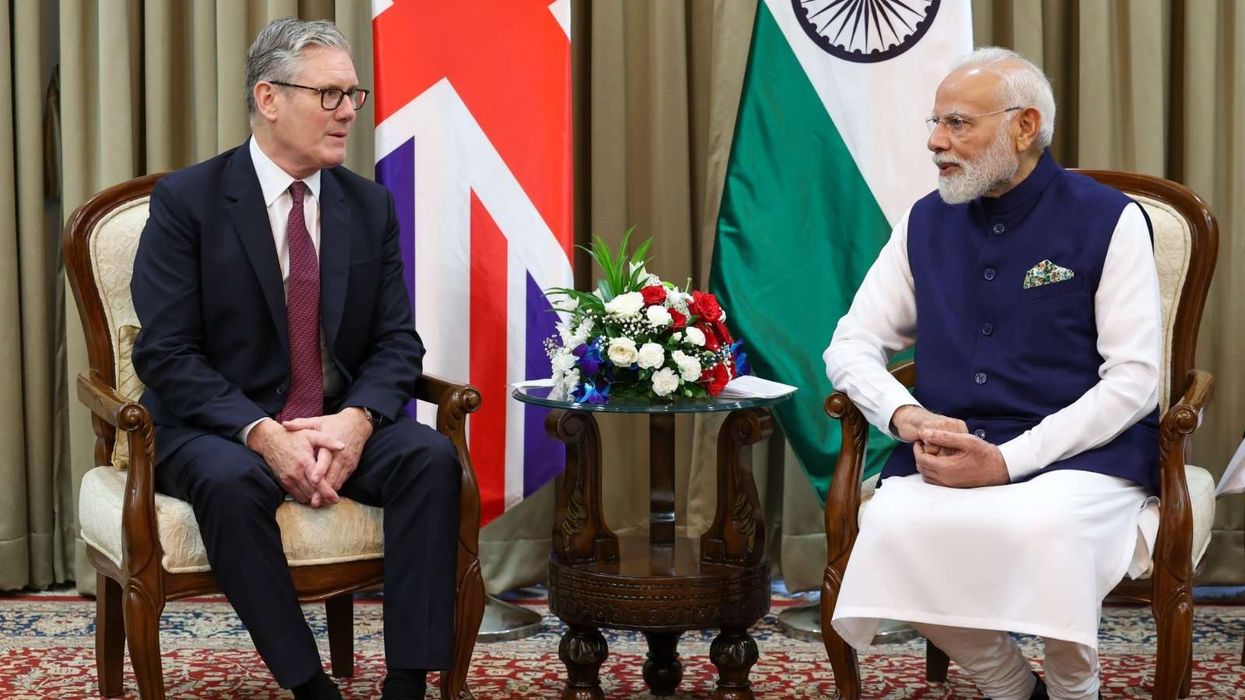Star Bharat has decided to axe its recently launched show Mann Kee Awaaz Pratigya 2, as per reports. Produced by well-known television producer Rajan Shahi in association with Pearl Grey, the show hit the airwaves on March 15, 2021. It is the sequel to Star Plus’ popular show Mann Kee Awaaz Pratigya, which had a glorious run of over 750 episodes from 2009 to 2012. The predecessor and its successor both starred Pooja Gor and Arhaan Behll in lead roles.
If reports are to be believed, Star Bharat will beam the final episode of Mann Kee Awaaz Pratigya 2 next week. It will be replaced by Tera Mera Saath Rahe in August. Though the makers have not said anything officially, buzz has it that it is low TRP that has forced the channel to discontinue the show.
Sharing more details, a source in the know tells an Indian publication, “The sequel has not done well in terms of the rating ever since it was launched. Several tracks were introduced to spice up the show but nothing worked. The makers even took a year’s leap but even that didn’t help. So, this decision was finally taken to wrap up the show in the next few days.”
The source goes on to add that the news of Mann Kee Awaaz Pratigya 2 going off-air has come as a huge shock for the entire cast and crew of the show. “The news has come as a shock to the entire cast and crew of the show, who have just got to know about the development,” concludes the source.
Keep visiting this space over and again for more updates and reveals from the world of entertainment.
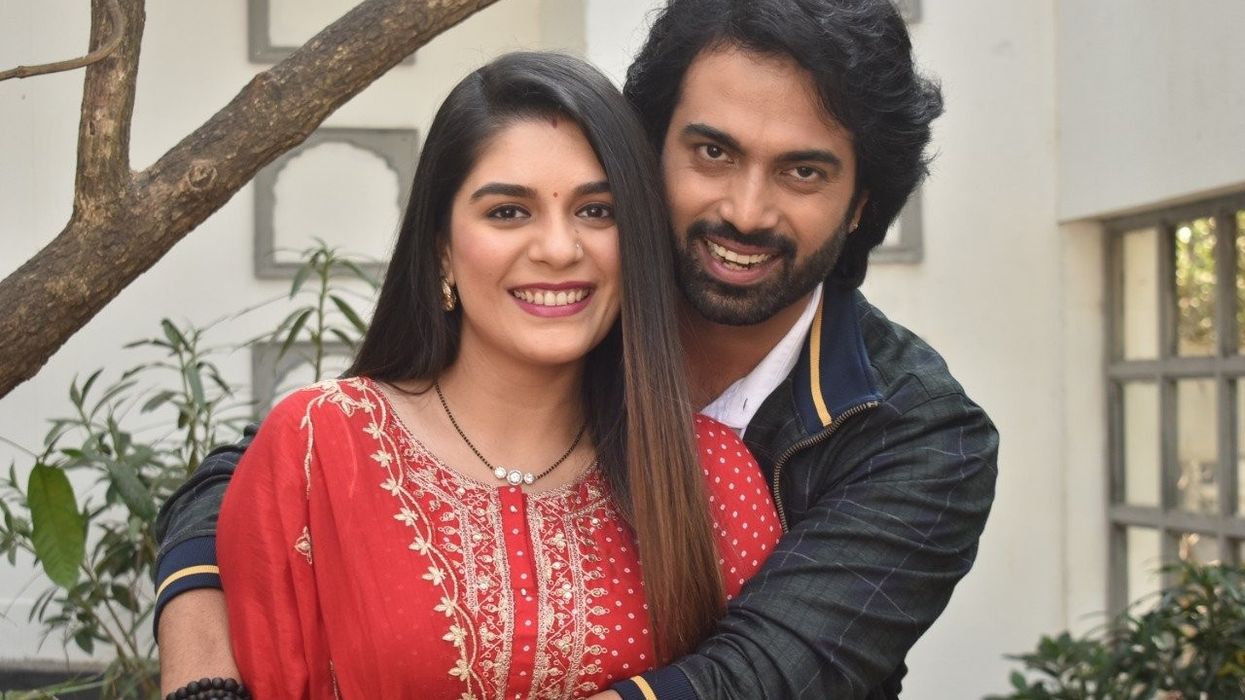
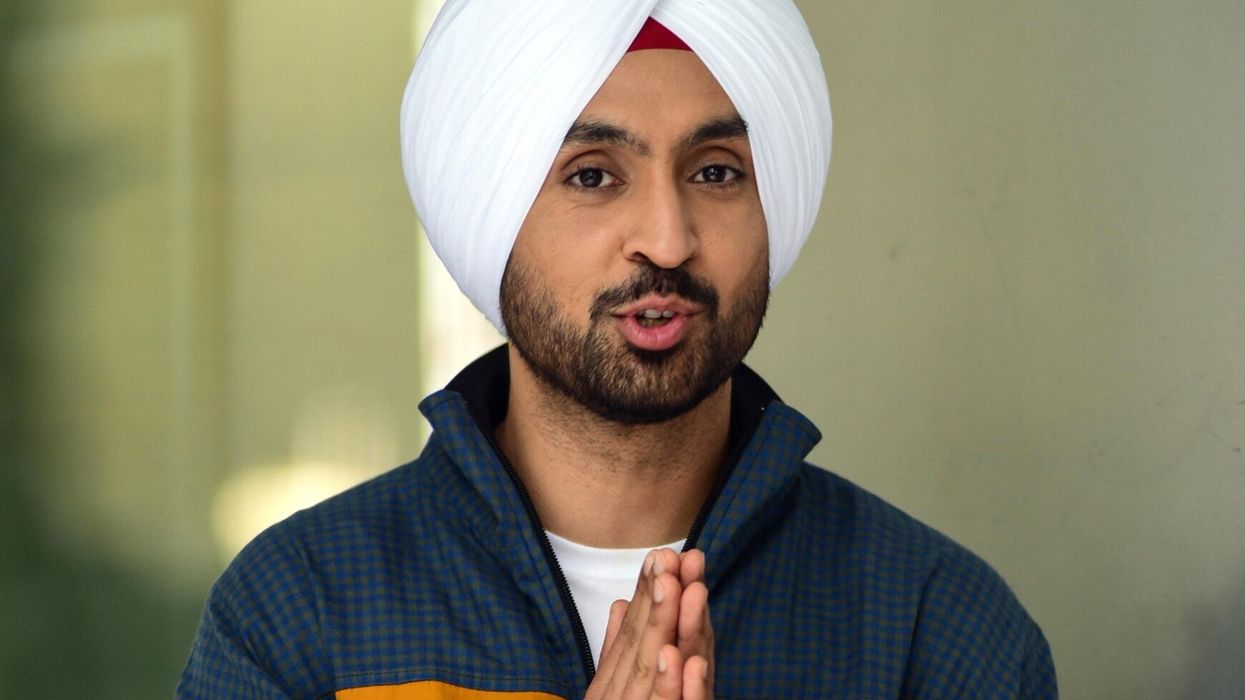
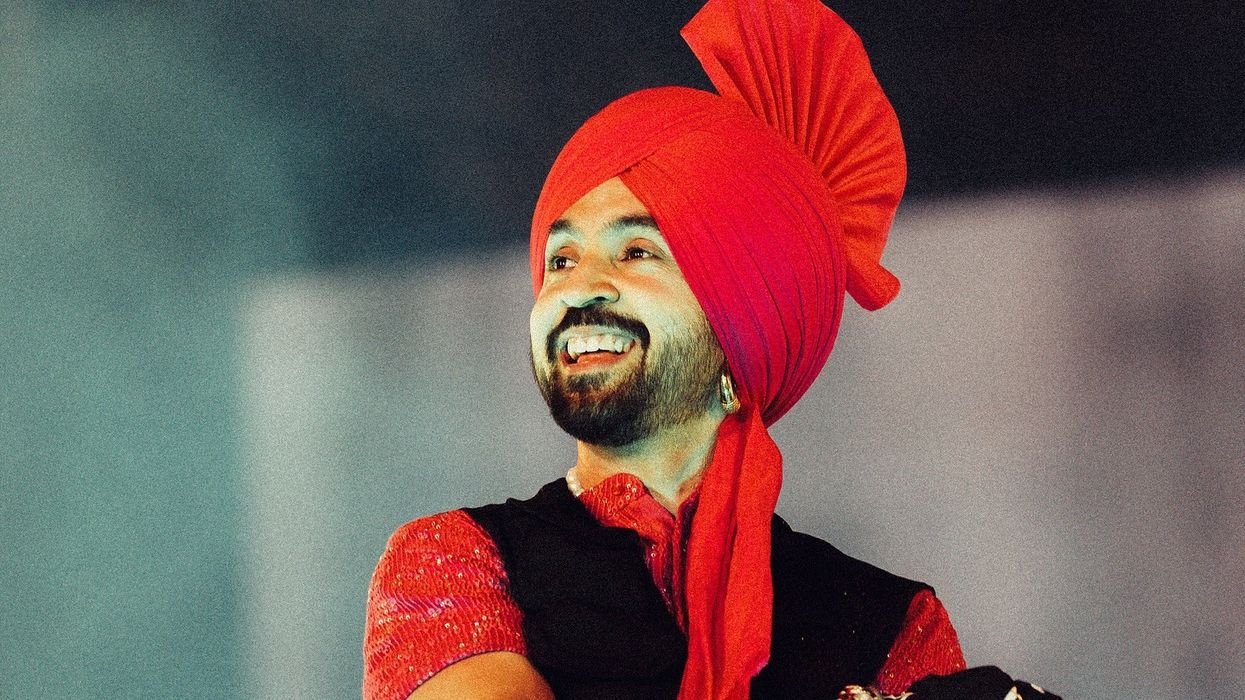
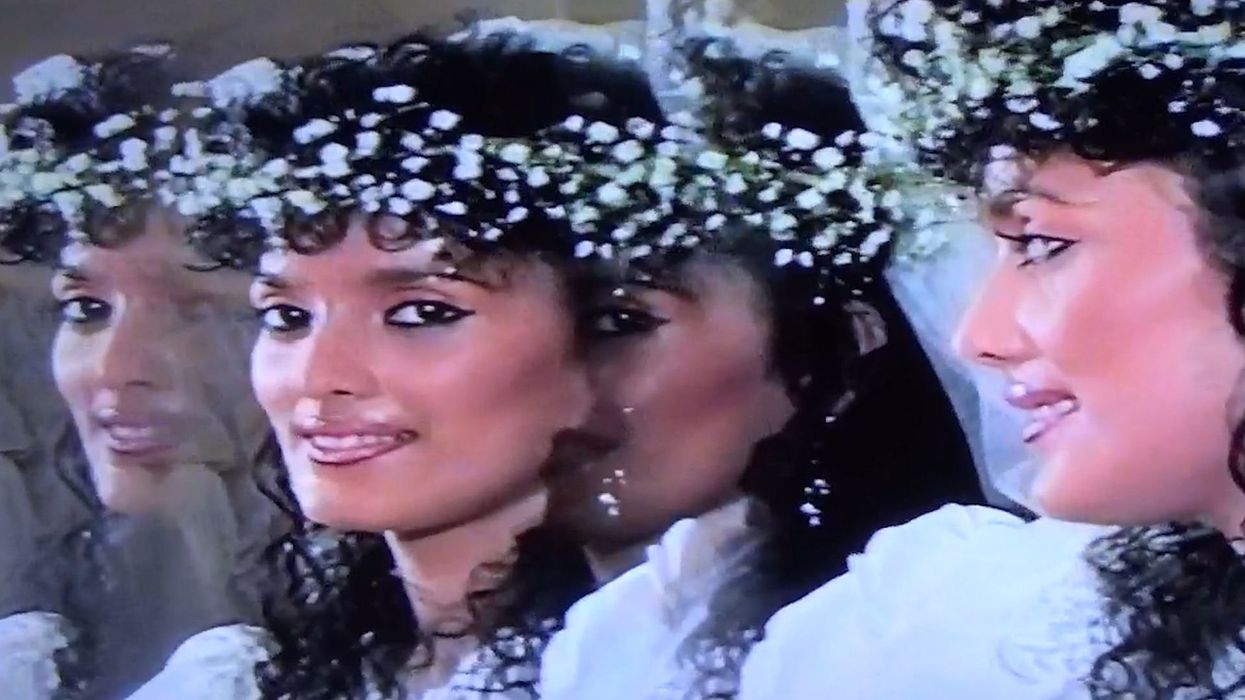
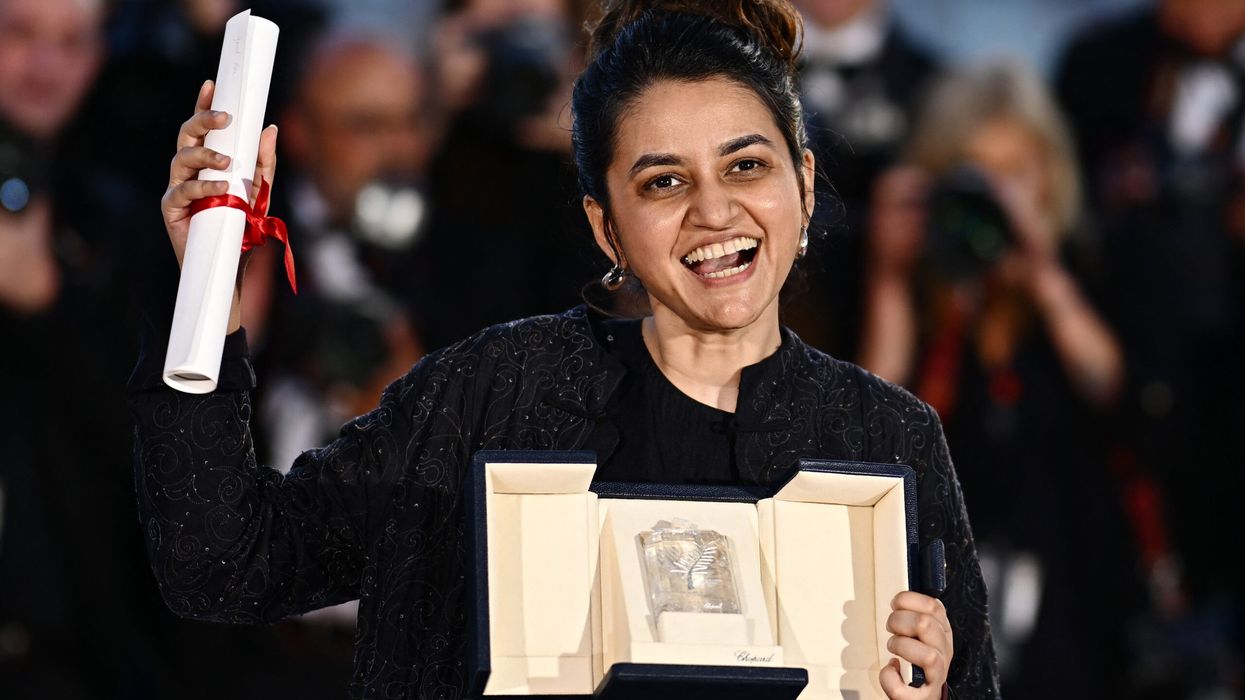
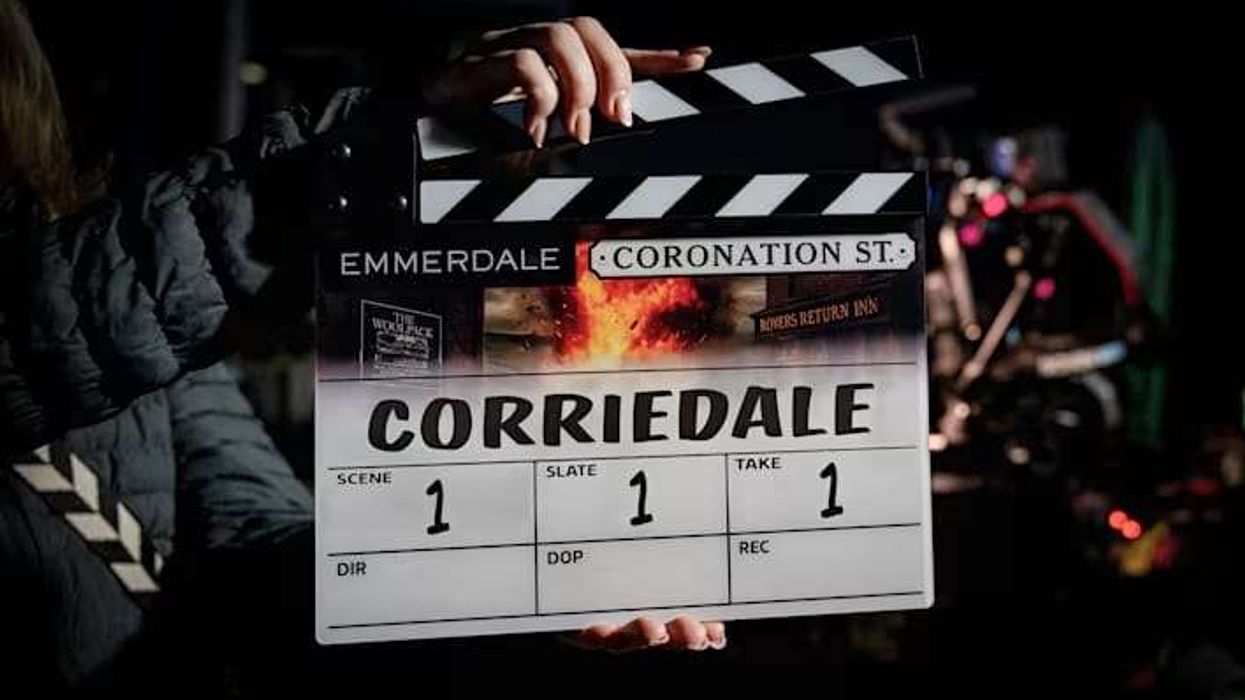
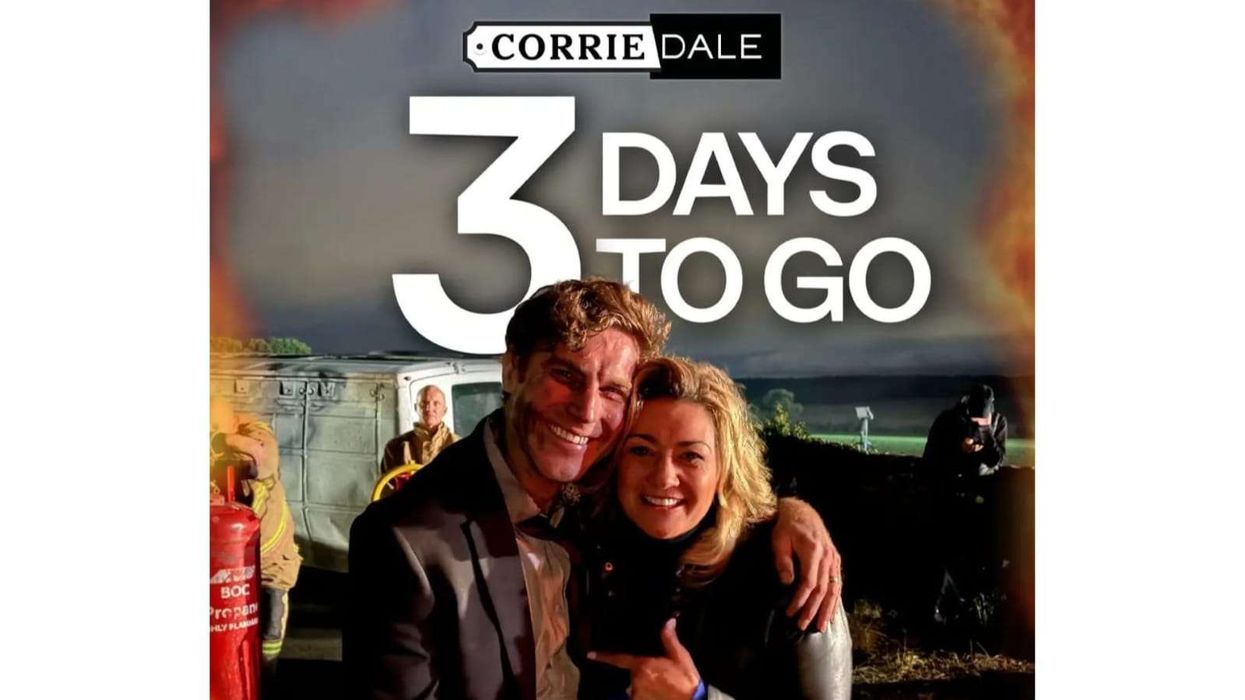 Cast members from both soaps spent three weeks filming together during intense night shootsInstagram/Coronation Street
Cast members from both soaps spent three weeks filming together during intense night shootsInstagram/Coronation Street 


